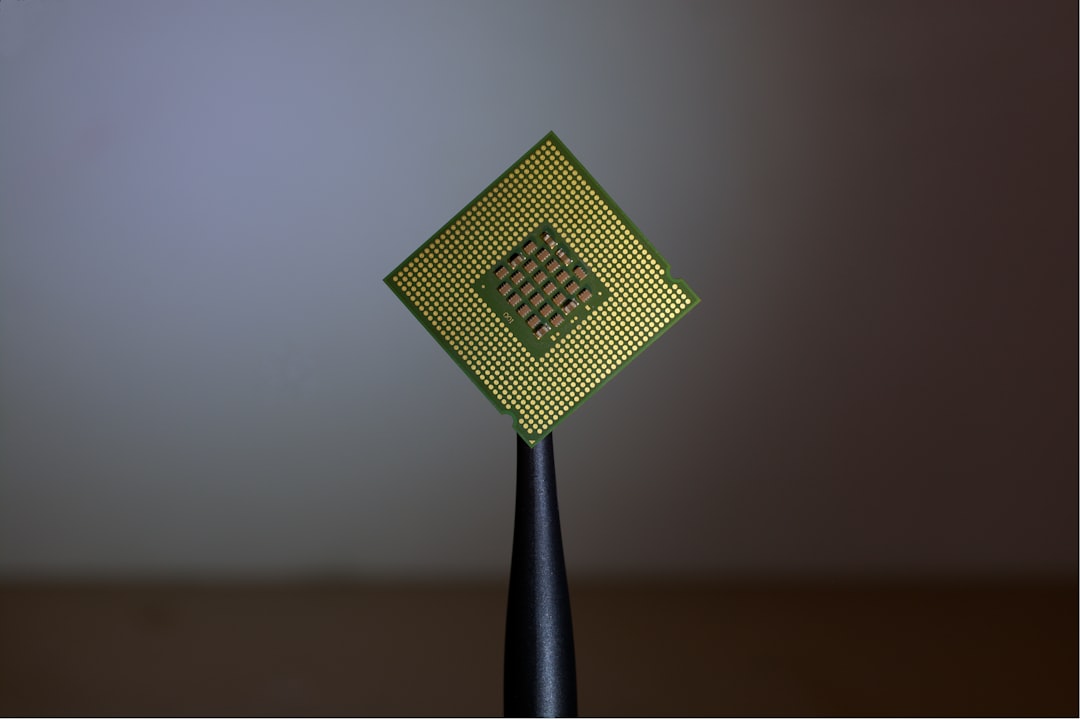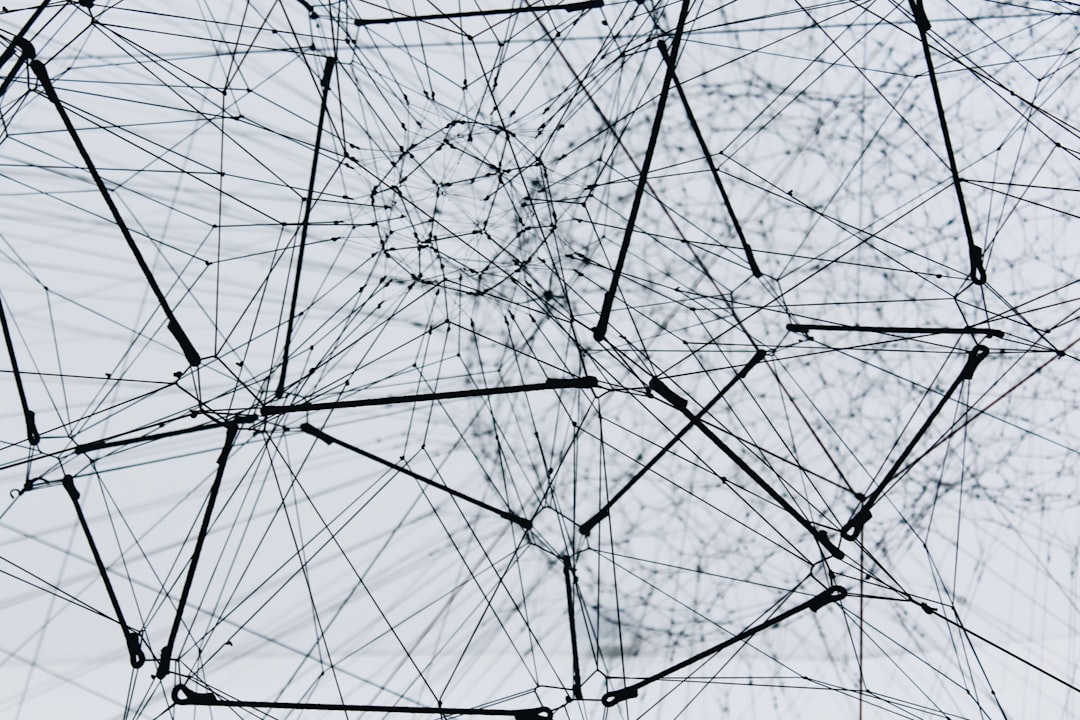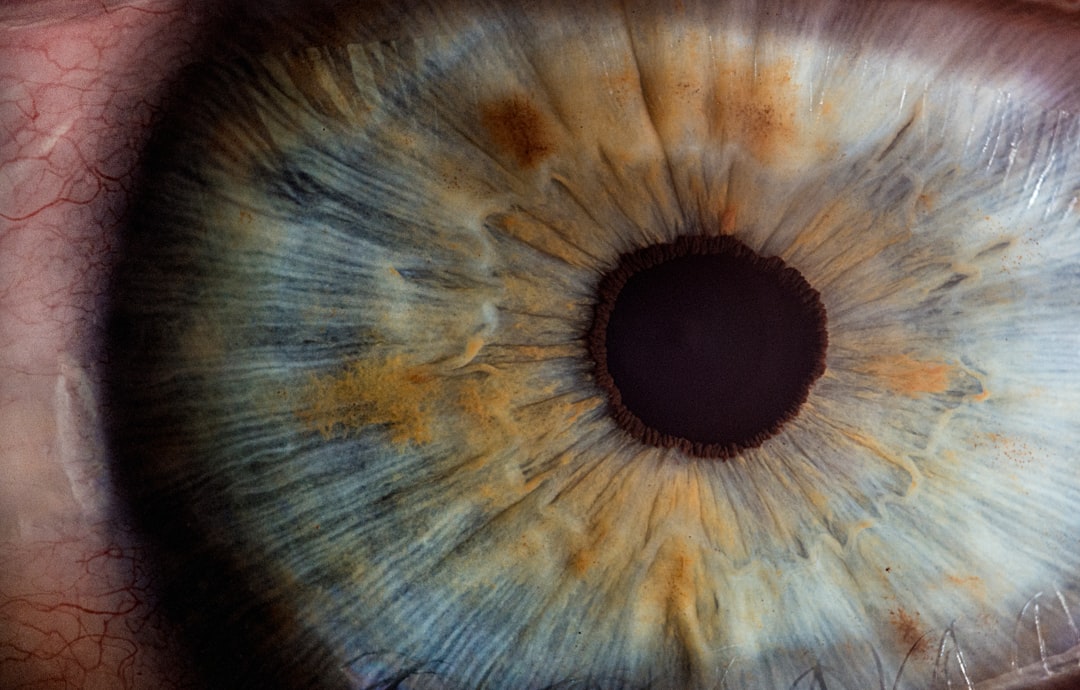What is it about?
This article is about a system called DanVideo that helps manage and search for dance videos. Dance videos are important for preserving cultural identity, but finding specific information within them can be challenging because of the complexity of dance movements and emotions. DanVideo simplifies this by allowing dance experts to add detailed notes and labels to videos, which are then used to organize and retrieve information more easily. It uses a tool to create standardized data descriptions (called MPEG-7 metadata) and has a search engine to help users find specific dance movements or emotions in the videos. The system evaluates how well it performs by checking the accuracy of its search results and the quality of the annotations.
Featured Image

Photo by Sergio Arteaga on Unsplash
Why is it important?
DanVideo is important because it addresses several key challenges in managing and accessing dance videos: (1) Preserving Cultural Heritage: Dance is a vital part of cultural identity and history. Properly annotating and organizing dance videos ensures that these cultural expressions are preserved and can be accessed by future generations. (2) Improving Access and Discovery: Dance videos can be complex due to intricate movements and emotional expressions. DanVideo's system makes it easier to search for and find specific elements within these videos, which is crucial for researchers, choreographers, and students who need to analyze or reference particular dance styles or techniques. (3) Enhancing Learning and Creativity: By providing tools to annotate and search dance videos, DanVideo supports dancers and choreographers in learning new techniques, studying performances, and creating new works based on existing ones. (4) Standardizing Metadata: The use of MPEG-7 metadata provides a standardized way to describe dance videos, which improves consistency and interoperability between different systems and archives. (5) Facilitating Research: The system’s ability to retrieve specific dance semantics helps researchers and practitioners analyze dance patterns, trends, and styles more effectively.
Perspectives
Here’s my own perspective on the article: (1) Empowering Dance through Technology: DanVideo represents a significant step forward in the intersection of technology and the arts. By addressing the challenges of annotating and retrieving information from dance videos, it opens up new possibilities for how dance can be studied, preserved, and appreciated. The ability to create detailed metadata and conduct precise searches can enhance both the academic study of dance and practical applications in choreography and performance. (2) Preservation and Access: Dance is a dynamic and often ephemeral art form, meaning that capturing and preserving its nuances can be incredibly challenging. DanVideo’s approach to semi-automatic annotation and retrieval ensures that the rich details of dance performances are not lost over time. This could be especially valuable for preserving traditional and cultural dances that might otherwise be at risk of fading away. (3) Educational Benefits: For students and emerging choreographers, having access to well-annotated dance videos means they can learn from a broader range of examples and gain insights into various styles and techniques. This can lead to more informed and innovative approaches to dance education and creation. (4) Standardization and Efficiency: The use of MPEG-7 metadata to standardize the description of dance videos is a smart move. It not only facilitates better organization and retrieval but also enhances interoperability between different dance archives and systems. This can lead to more efficient research and collaboration across the field. (5) Research and Analysis: For researchers, the ability to query specific dance movements and emotions can lead to deeper insights into dance as a form of expression and communication. The system’s focus on spatial, temporal, and spatio-temporal features adds a layer of complexity that can aid in understanding the intricacies of dance performances. (6) Challenges and Future Directions: While the system offers promising solutions, it’s important to consider ongoing challenges such as ensuring the quality of annotations, dealing with diverse dance styles, and adapting the technology to evolving needs in the dance community. Future developments might focus on enhancing the system’s adaptability and user experience, as well as integrating with other digital tools and platforms.
Dr. HDR. Frederic ANDRES, IEEE Senior Member, IEEE CertifAIEd Authorized Lead Assessor (Affective Computing)
National Institute of Informatics
Read the Original
This page is a summary of: DanVideo: an MPEG-7 authoring and retrieval system for dance videos, Multimedia Tools and Applications, October 2009, Springer Science + Business Media,
DOI: 10.1007/s11042-009-0388-3.
You can read the full text:
Contributors
The following have contributed to this page










